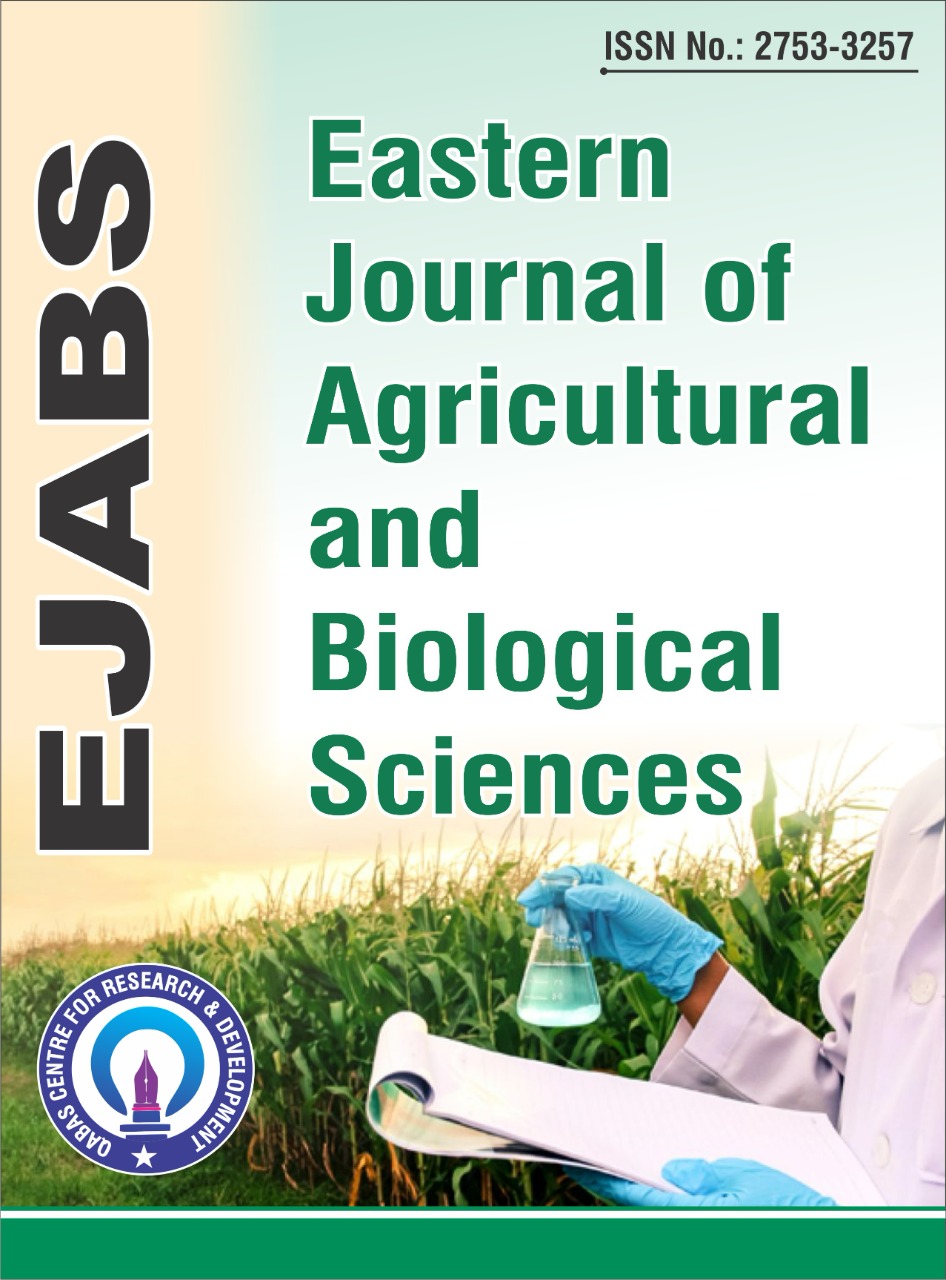Antimicrobial Resistance and biofilm formation of Enterococcus spp isolated from human and pet animals
Abstract
Seventy three enterococci previously isolated from human,dogs,and cats, by culturing, microscopic characteristics, Vitek 2 compact system, and molecular methods using species-specific genes which E.gallinarium , E.faecalis,and E.faecium. The enterococci isolates were Gram-positive cocci, catalase, and gelatinase negative, all isolates were grown on 6.5% NaCl, and hydrolysis esculin,most of the isolates were γ hemolysis 46.38%, 21.92% were β-hemolysis, and 13.69% were α-hemolysis. Antimicrobial resistance profile indicated that human enterococci isolates were 100% resistant to Ceftriaxone, Clindamycin, and Gentamycin, while 93.54% resistant to Erythromycin, Azithromycin and Doxycycline, MDR were 100% with high-risk of the isolates, Dogs isolates were resistant 100% against Cefitrixone, Clindamycin, and Gentamycin, 75% to Azithromycin and Doxycycline, MDR were 100% with high risk, cats isolates were resistant to Cefitrixone, Erythromycin, Azithromycin,
Doxycycline, and Gentamycin. Most of the isolates 74% could form biofilm using
congo-red method and crystal violate assay methods, 77.77% of them were weak, and
22.22% were moderate. E.gallinarum were recorded 27.7% of them were moderate
and 72.3% were weakly formed, E.faecium were 75% weak,and 25% were moderate.
Whereas, E.faecalis 85.71% were weak and 14.28% were moderate. The study
conclusion that enterococci from human and their pet animals were high antibiotic
resistance, MDR and high risk,in addition producing biofilm with different category,
so uman, dogs and cats might be considering the reservoirs of resistance and MDR
enterococci to human, other animals and environment.









